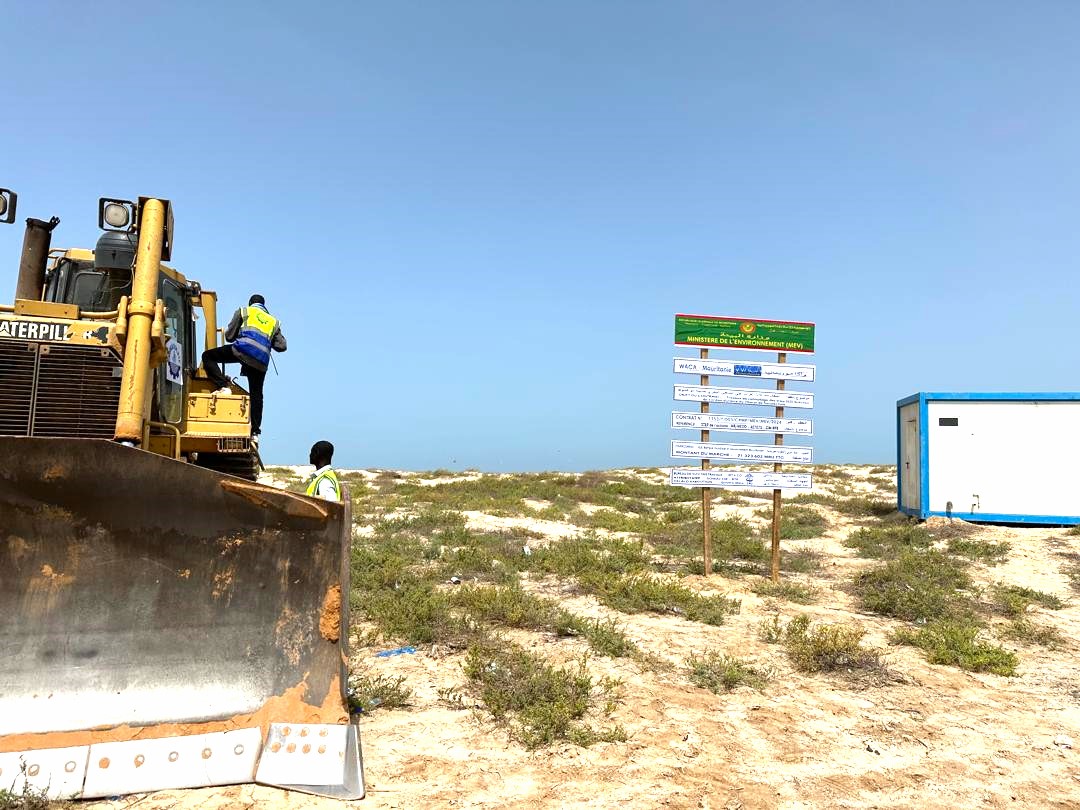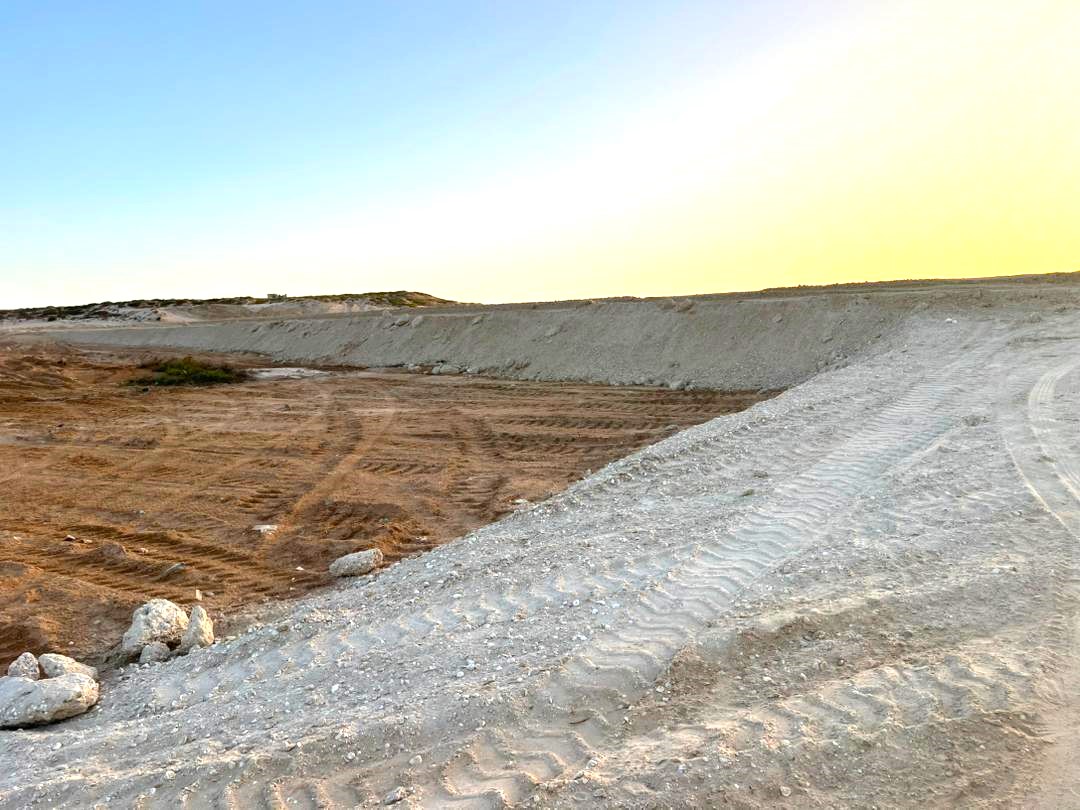News |
Nouakchott facing coastal erosion: Urgent actions needed to protect the capital
The Mauritanian capital, Nouakchott, one of the most climate-vulnerable cities along the Mauritanian coast, is confronting heightened risks from rising sea levels and coastal erosion. A tidal wave in 1997 exposed the fragility of the coastline, and today, uncontrolled sand extraction has severely degraded the dune cordon that once shielded the city—especially in the districts of Sebkha, Tevragh Zeïna, and El Mina.
The WACA project, funded by the World Bank, has identified 21 breaches along Nouakchott’s coastline, three of which are critically severe and require immediate intervention. Measures to restore the dune cordon, a natural barrier, include biological and mechanical dune stabilization and sealing the most critical breaches. A crossing structure is also being constructed to limit marine intrusion and stabilize sediments, as part of the Multi-Sectoral Investment Plan for Nouakchott’s protection.
In contrast, areas like Tiguint, where human activity has been minimal, continue to benefit from an intact dune cordon that effectively shields against coastal erosion.

To ensure the interventions deliver maximum benefits while minimizing adverse effects, WACA has commissioned an impact study alongside an environmental and social management plan in compliance with national regulations and World Bank requirements.
Effective coastal governance is essential to the success of these efforts. Strengthened stakeholder dialogue, regulatory frameworks, and enhanced monitoring and research capacities will support ongoing protection and resilience-building for Nouakchott’s infrastructure and communities.
Post based on the article published on lecalame.info: https://lecalame.info/?q=node/16688
